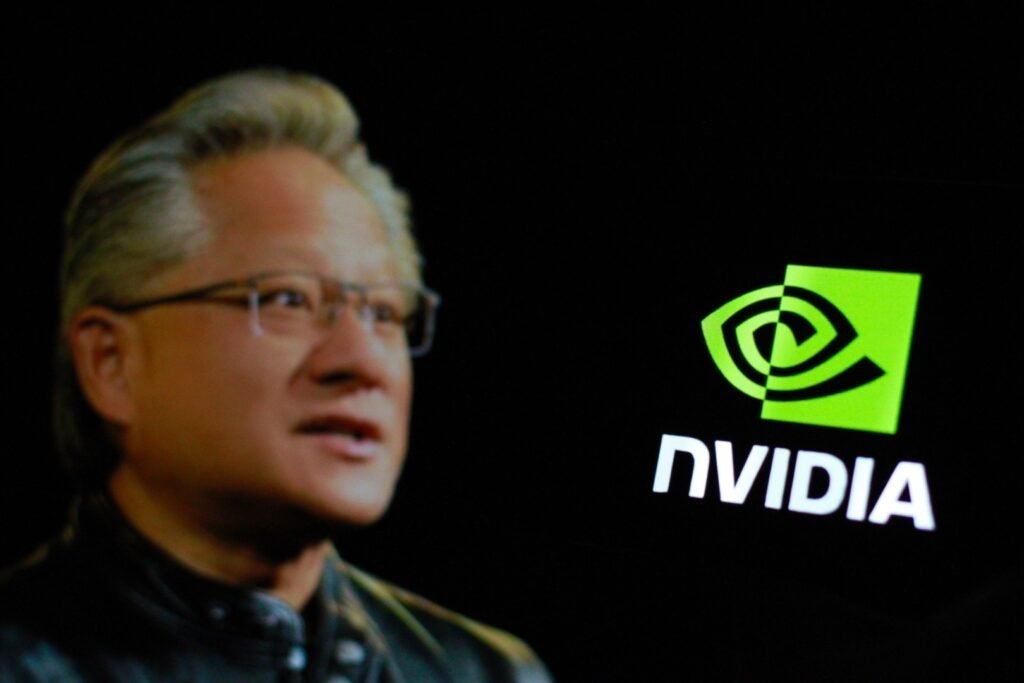Nvidia’s Visionary Future: The Rise of Humanoid Robots
In a world where technology is evolving at an unprecedented pace, the visionary perspective of Nvidia CEO Jensen Huang highlights a profound transformation on the horizon. Huang envisions a future where robotics, inspired by iconic sci-fi characters like R2-D2, revolutionizes our daily lives. The notion of humanoid robots and personal assistants is no longer confined to the realm of science fiction; it is steadily becoming a reality. This article delves into Nvidia’s role in this exciting transformation, the potential applications of humanoid robots, and the implications for society.
The Inspiration Behind Humanoid Robotics
When we think of robots, characters like R2-D2 from the “Star Wars” franchise often come to mind. R2-D2 is not just a mechanical figure; he embodies the essence of companionship, assistance, and intelligence. Huang’s vision taps into the emotional connection people have with such characters, bridging the gap between technology and human interaction.
As we develop humanoid robots, the focus is not solely on functionality but also on creating a bond with users. These robots are designed to understand and respond to human emotions, providing support and companionship in various settings.
Nvidia’s Technological Advancements
Nvidia, a leader in graphics processing units (GPUs) and artificial intelligence (AI), is uniquely positioned to drive the future of humanoid robotics. Their cutting-edge technology provides the computational power necessary for real-time processing, enabling robots to learn from their environments and interact in ways previously thought impossible.
- Deep Learning: Nvidia’s advancements in deep learning algorithms allow robots to interpret sensory data, recognize objects, and even understand spoken language.
- Computer Vision: With advanced computer vision systems, humanoid robots can navigate complex environments, recognizing faces and responding to visual cues.
- Simulation Technologies: Nvidia’s simulation platforms enable developers to test and refine robot behaviors in virtual environments, accelerating the development process.
Applications of Humanoid Robots
The rise of humanoid robots presents a myriad of opportunities across various sectors. Here are some key areas where these advancements can be particularly influential:
- Healthcare: Humanoid robots can assist in patient care, providing companionship to the elderly, monitoring health conditions, and assisting medical professionals in tasks that require precision.
- Education: Robots can serve as personal tutors, adapting to students’ learning paces and providing interactive educational experiences.
- Customer Service: In retail and hospitality, humanoid robots can enhance customer experiences by providing information, guiding customers, and handling inquiries.
- Home Assistance: These robots can help with daily chores, manage household tasks, and provide companionship to individuals living alone.
The Ethical Considerations
As we venture into a future populated by humanoid robots, ethical considerations become paramount. Questions arise regarding privacy, job displacement, and the emotional impact on human relationships. Here are some key points to consider:
- Privacy: The integration of intelligent robots into homes raises concerns about data security and the privacy of individuals. Ensuring that personal information is safeguarded is crucial.
- Job Displacement: While robots can enhance efficiency in various industries, there is a legitimate concern regarding the potential loss of jobs for human workers. It’s essential to find a balance where technology complements rather than replaces human labor.
- Emotional Impact: As robots become more integrated into our lives, the psychological effects on human relationships and emotional attachments to machines must be studied and understood.
The Future of Humanoid Robots
Looking ahead, the future of humanoid robots appears bright, driven by continuous advancements in technology and a growing acceptance of automation in everyday life. Here are some trends that may shape this future:
- Personalization: Future humanoid robots will likely be able to learn and adapt to individual users, tailoring their interactions based on preferences and past experiences.
- Enhanced Social Skills: As AI continues to evolve, robots will develop more sophisticated social skills, allowing for more natural interactions with humans.
- Collaborative Robots (Cobots): We may see an increase in collaborative robots that work alongside humans in various environments, enhancing productivity and safety.
Conclusion
Nvidia’s visionary future, as articulated by Jensen Huang, points towards a world where humanoid robots, inspired by beloved characters like R2-D2, become integral to our daily lives. The possibilities are limitless, from enhancing healthcare and education to transforming customer service and home assistance. However, as we embrace this new era, we must navigate the ethical implications and ensure that technology serves humanity positively.
As we stand on the cusp of this robotic revolution, it’s essential to foster a collaborative approach between technologists, ethicists, and society at large. By doing so, we can harness the full potential of humanoid robots while ensuring a harmonious coexistence with our human values and needs.
See more Future Tech Daily

